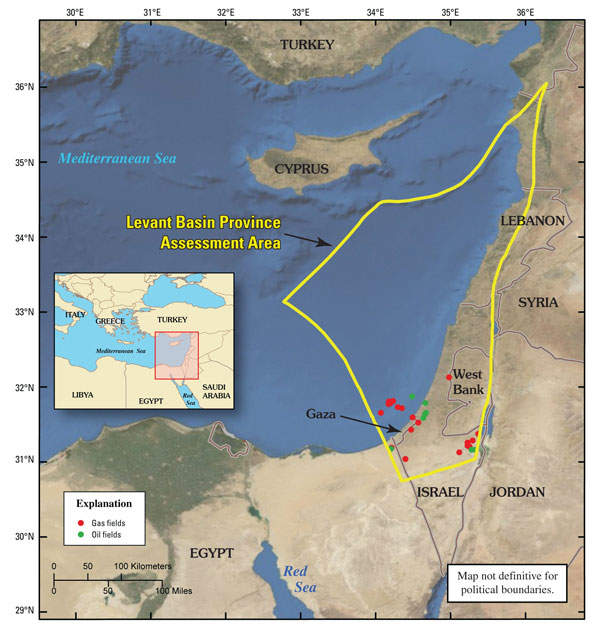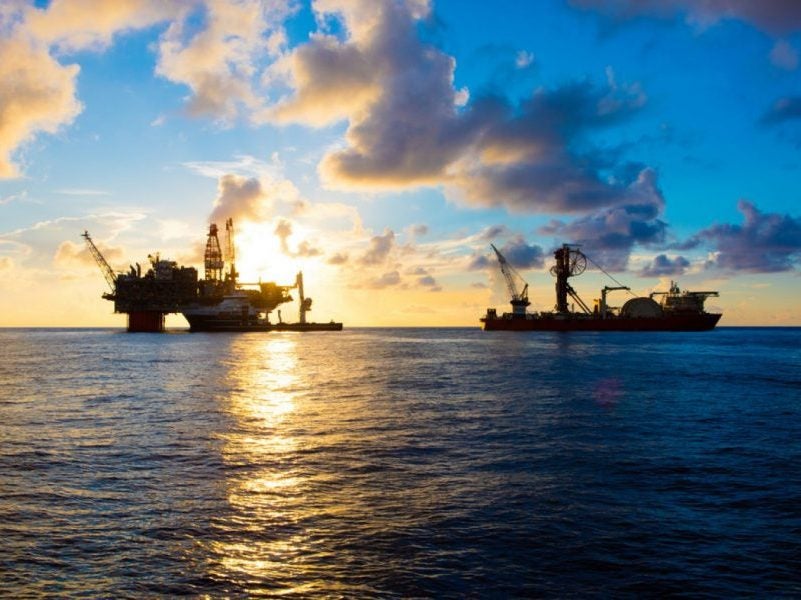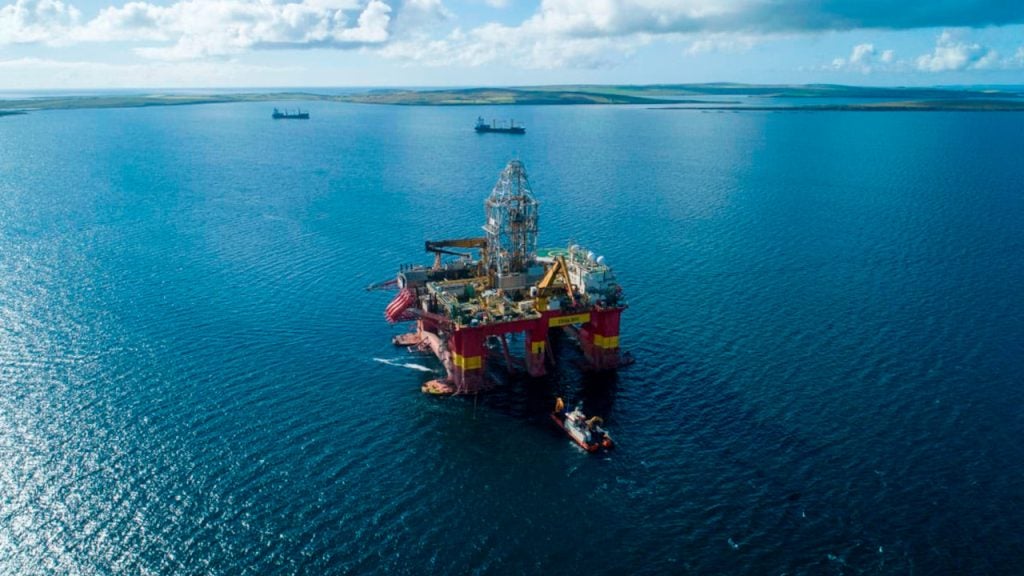Located in the eastern Mediterranean Sea area off the coast of Israel, Leviathan Natural Gas Field was discovered in December 2010. The discovery is situated in 1,645m of water in the Levantine Basin, located approximately 130km west of Haifa, Israel.
At the time of discovery, the Leviathan gas field was the most prominent field ever found in the sub-explored area of the Levantine Basin, which covers about 83,000km² of the eastern Mediterranean region.
The Leviathan field falls within the precinct of the Rachel and Amit licenses. Production is expected to commence in 2017.
Noble Energy obtained approval for the plan of development (POD) from the Ministry of National Infrastructure, Energy and Water Resources in June.
The company signed a gas sales and purchase agreement (GSPA) to provide natural gas from the Leviathan field to National Electric Power Company (NEPCO) for a period of 15 years.
Leviathan Partners also signed an agreement with I.P.M. Beer Tuvia in May, for the supply of natural gas from the field.
Partners of Noble Energy with interest in Israel’s Mediterranean field
Houston-based oil and natural gas exploration and production company Noble Energy is the operator of the Leviathan gas field. Its share in the project is 39.66% and it is the company’s largest discovery.
Delek Group subsidiaries Delek Drilling and Avner Oil Exploration have a working interest of 22.67% each in the project. Ratio Oil Exploration is the other stakeholder with 15%.
Geology of the Levantine Basin and recoverable oil and gas reserves
The Levantine geological basin was formed in several main tectonic stages, and early Mesozoic rifting led to the shaping of a large graben and horst system, stretching across the onshore and offshore Levant Basin. The basin is infilled by post-rift tertiary sedimentation.
Reservoirs within the basin mainly contain Mesozoic and Paleogene sandstones, near shore marine and submarine sandstones and Jurassic and Cretaceous shelf-margin carbonates.
The Oligo-Miocene reservoir rocks at Leviathan field are deep-water slope and fan sandstones sealed by sedimentary rocks of the mid to late Miocene age and Messinian age salt. Natural gas at the Leviathan field was found in several sub-salt Miocene intervals.
As per the US Geological Survey (USGS) estimates, the entire Leviathan Basin holds a mean approximation of 1.7 billion barrels of recoverable oil and a mean of 122 trillion cubic feet of recoverable gas.
The Leviathan gas field’s natural gas reserves are estimated to be 18 trillion cubic feet (tcf). Besides natural gas, the field is said to contain 600 million barrels of oil beneath the gas layer.
Exploration and drilling by Noble Energy at the Leviathan field and wells
Noble Energy commenced drilling on the Leviathan-1 well in October 2010 using the Sedco Express deep-water semi-submersible rig, which is owned by Transocean. In the first stage, the well was drilled to a depth of 5,170m. It encountered a minimum of 67m of natural gas pay. The gas was discovered in several sub-salt Miocene intervals.
In the second stage of drilling, the well is intended to touch an additional depth of 2,030m, where the estimated natural gas reserve is expected to reach 25tcf.
In May 2012, drilling operations at the Leviathan-1 well were suspended after reaching a depth of 6,522m, approximately 678m short of the target depth. The suspension took place due to high well pressure and mechanical restrictions of the well-bore design.
Drilling of Leviathan-2 well was started in March 2011 by the Pride North America rig. The drilling operations, however, had to be stopped after detecting a flow of water in the well hole.
Drilling of the Leviathan-3 well commenced in June 2011 and was successfully completed in December of that year. The third well was located approximately 5km east of the original Leviathan discovery and was drilled to a total depth of 5,226m, encountering a minimum of 88m natural gas pay.
Maritime border issues between Lebanon and Israel over the gas field
Lebanon considered the Leviathan and Tamar gas fields to extend into Lebanese territory and claimed Israel was ignoring this fact. Israel retaliated by threatening to use force to protect its gas discoveries.
The rights dispute was resolved in August 2010 when the Lebanese Government presented its official view to the UN, where it stated that the two disputed gas fields, Tamar and Leviathan, did not fall within its territory.








